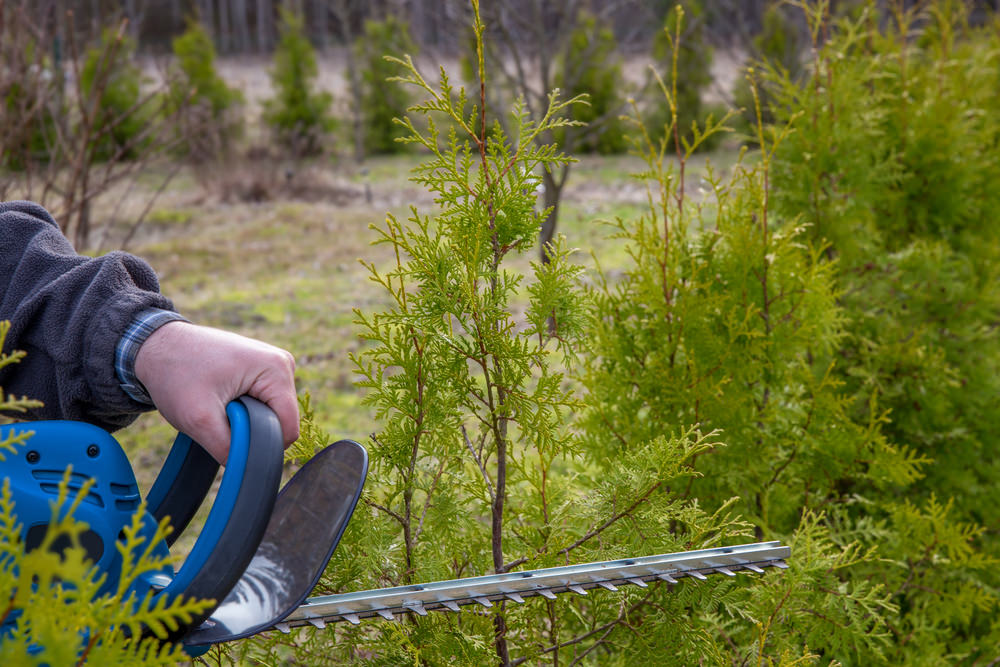Cornerpoint Case Pops: Boundary Tree Timber Trespass
July 17, 2017
Unauthorized use and/or duplication of blogposts without express and written permission is strictly prohibited. Excerpts and links may be used, provided that full and clear credit is given, and with appropriate and specific direction to the original content.
The author of this post can be reached by phone at 206-693-2718 or by email.
Boundary Tree Timber Trespass – Herring v. Pelayo
By Stacia Hofmann
The Washington State Court of Appeals and Washington Supreme Court are cranking out case opinions on such a frequent basis, it can be hard for businesses to keep tabs on our judiciary’s interpretation of existing laws and creation of new ones. I’ve decided to create a blog series, Cornerpoint Case Pops, dedicated to summarizing relevant, new cases — and their business and risk management lessons — in bite-size posts.
The Case: Herring v. Pelayo, Washington Court of Appeals, Division II, No. 48786-1-II (Published)
In September 2016, I posted about the atypical tort of timber trespass, where a person removes or otherwise damages another’s tree(s) or shrub(s), and may be liable for property damage, emotional distress, and a tripling of damages.
On May 2, 2017, the Court of Appeals affirmed that because a tree sitting on a boundary line belongs to both adjacent property owners, damaging or removing the tree without the joint owner’s consent amounts to timber trespass. In other words, “[T]he [joint owners] were each entitled to use, maintain, and possess the boundary tree, but not in a manner that ‘interfere[d] with the coequal rights of the other cotenants.’” Because the defendant removed branches, which ended up killing the tree, the defendant was liable for timber trespass and triple damages.
Risk Management Lesson
For tree companies, landscapers, gardeners, and others who work around or on trees and shrubs, it’s important to remember that having just one joint owner’s okay to remove vegetation that you know is on a boundary line is insufficient permission. You should have both. Even trimming a boundary tree or shrub may result in a claim for damages by the adjacent owner. Having a solid policy in place regarding boundary tree work, using strong customer contracts with indemnity provisions, and having the right kind and amount of insurance should help minimize your risks of a boundary tree timber trespass dispute. Email or call me to see if Cornerpoint can help.
This blog is for informational purposes only and is not guaranteed to be correct, complete, or current. The statements on this blog are not intended to be legal advice, should not be relied upon as legal advice, and do not create an attorney-client relationship. If you have a legal question, have filed or are considering filing a lawsuit, have been sued, or have been charged with a crime, you should consult an attorney. Furthermore, statements within original blogpost articles constitute Stacia Hofmann’s opinion, and should not be construed as the opinion of any other person. Judges and other attorneys may disagree with her opinion, and laws change frequently. Neither Stacia Hofmann nor Cornerpoint Law is responsible for the content of any comments posted by visitors. Responsibility for the content of comments belongs to the commenter alone.




